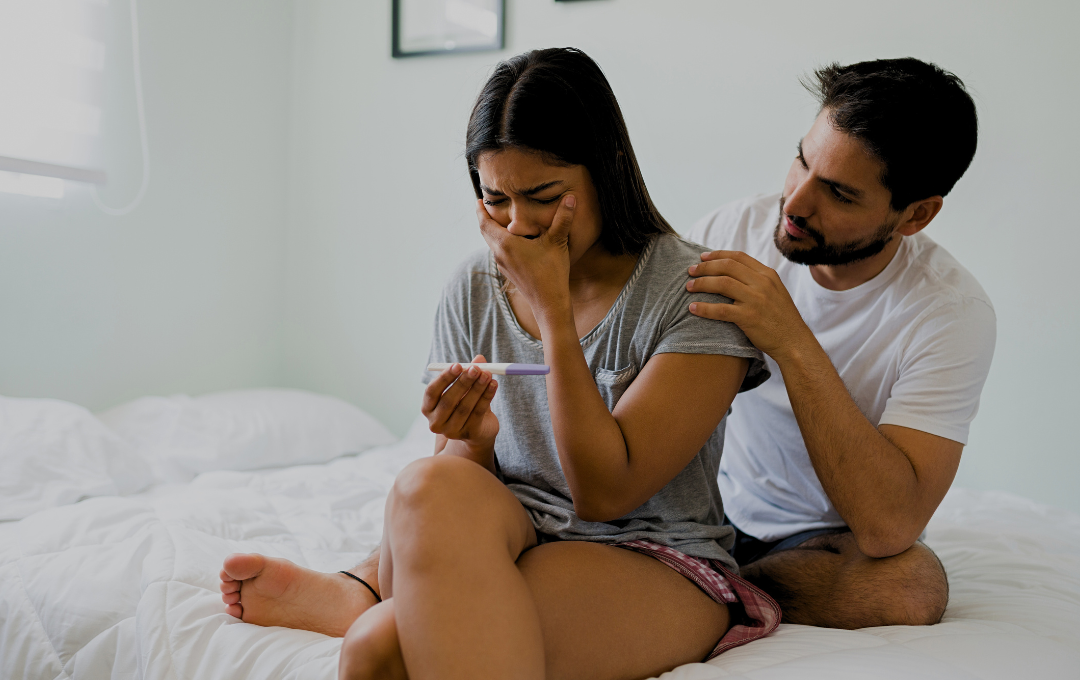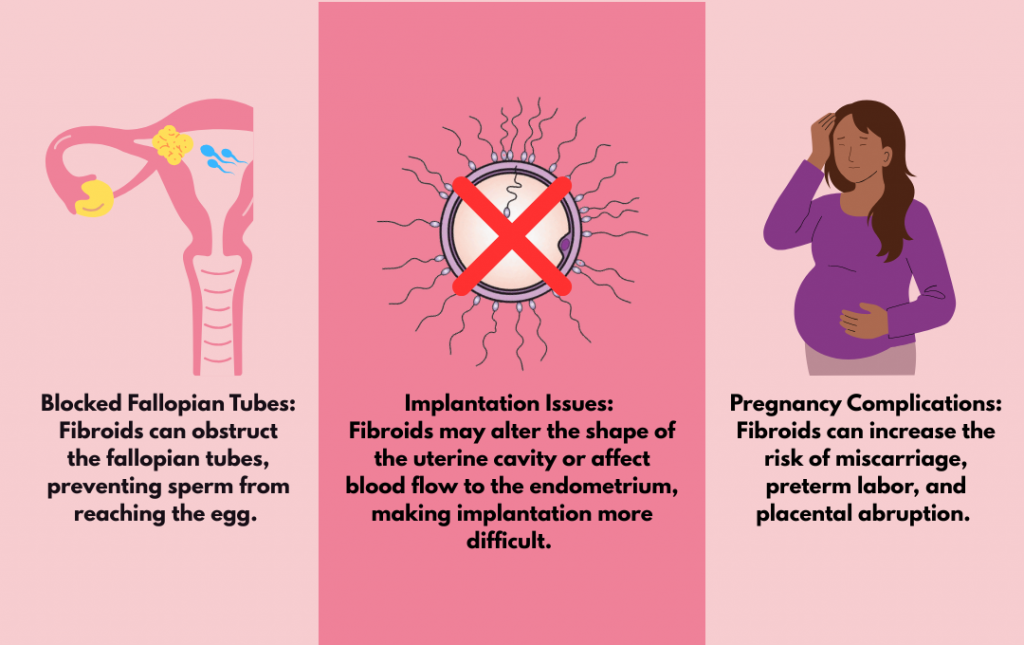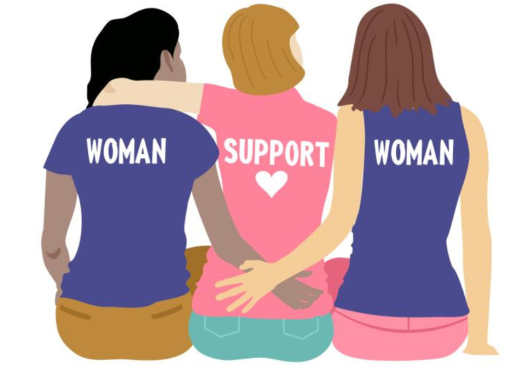
Trying to conceive can be a difficult journey, and for many, fibroids add another layer of challenge. During National Infertility Awareness Week, observed April 20th-26th, Fibroid Fighters is providing important information about how common fibroids are, their impact on fertility and encouraging women to seek the resources and care they need.
Benign uterine fibroid tumors affect up 70-80% of women by the age of 50, and while not all lead to infertility, they can interfere with conception in several ways. Depending on their size and location, fibroids may block fallopian tubes, disrupt implantation, or cause hormonal imbalances that affect ovulation. Women with fibroids may also face pregnancy complications, making early diagnosis and treatment important.
Understanding Fibroids and Their Impact on Fertility
Women struggling with Infertility is defined as the inability to conceive despite having carefully timed intercourse for at least one year. Women struggling with infertility may notice issues with ovulation, implantation and sustaining the pregnancy.
This inability to conceive and sustain a pregnancy may be due to an underlying condition, the most common causes are:
- Uterine fibroids
- Polycystic ovarian syndrome (PCOS)
- Endometriosis
- Pelvic inflammatory disease
How Fibroids Affect Infertility
While many women with fibroids can conceive naturally, fibroids can sometimes contribute to infertility or pregnancy complications, depending on their size and location. Their impact on fertility can include:

Not all fibroids cause fertility problems, but if you are struggling to conceive, consulting a healthcare professional can help determine the best course of action.
Risk Factors for Uterine Fibroids
Several factors can increase the risk of developing uterine fibroids. Black women are significantly more likely to develop fibroids than women of other racial backgrounds, often at a younger age and with larger, more numerous growths.
Research indicates that family history, like having a mother or sister with fibroids, can increase the likelihood of fibroid development. Age is another factor, as fibroids are most common in women in their 30s and 40s. Other contributing factors include obesity, a diet high in red meat and low in fruits and vegetables, early onset of menstruation, vitamin D deficiency, and alcohol consumption.
How Fibroid Treatment Can Impact Fertility
When considering fibroid treatment, it’s important to understand how different options can affect fertility. Some treatments, like uterine fibroid embolization (UFE), are designed to shrink fibroids while preserving the uterus, allowing many women to conceive afterward. Studies have shown that UFE generally preserves fertility with many women conceiving and delivering after the procedure.
Myomectomy is a frequently performed surgical procedure that involves incisions to remove fibroids. While it can improve the chances of successful conception and pregnancy, it also can lead to scar tissue formation, which could impact the uterus’ ability to carry a pregnancy.
Other treatments, such as hormonal therapies, are sometimes used to manage fibroid symptoms. While these medications can temporarily shrink fibroids and regulate menstrual cycles, they are not a long-term fertility solution. Some hormonal treatments, like GnRH agonists, put the body into a temporary menopausal state.
Choosing the right fibroid treatment depends on your individual fertility goals. If you have been struggling to get pregnant, it’s important to discuss your options with a specialist who can help determine the best approach for your reproductive health.
Fibroid Fighters: Advocating for Your Health
The Fibroid Fighters Foundation is dedicated to connecting women with one another to share their unique stories about living with fibroids. If you want to share your fibroid journey and connect with others, check out our fibroid testimonial page here where you can talk about your experience via video, audio, or text.
Follow us on social media to stay informed, connect with others, and learn more ways to raise awareness.







